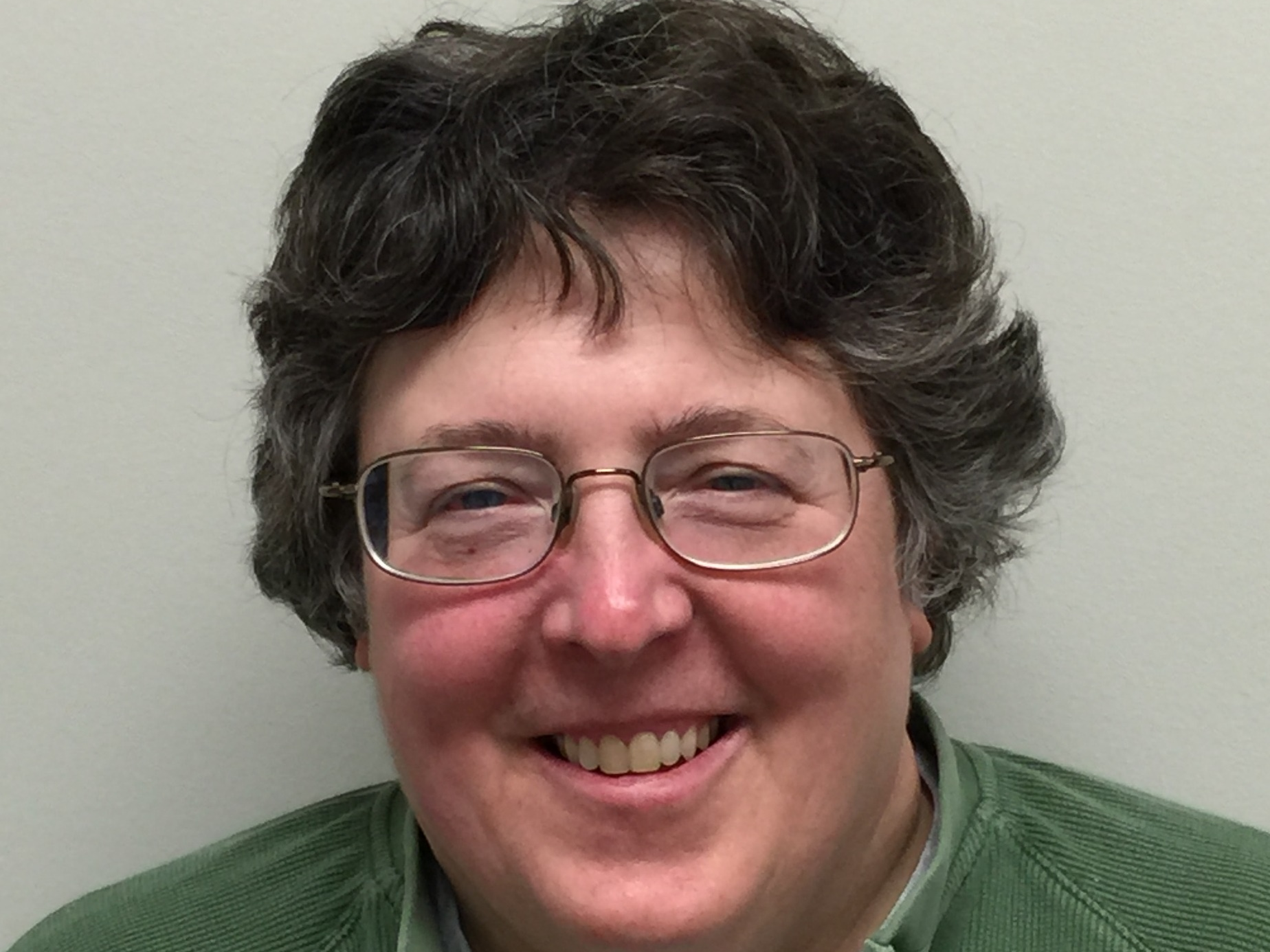
Nancy Brucken
Senior Standard Engineer
IQVIA
How long have you been volunteering at CDISC?
I’ve been volunteering at CDISC for about 12 years now; I joined the ADaM team in 2011, working on OCCDS v1.0.
What encouraged you to volunteer your time and expertise with CDISC?
The idea of data standards just made sense – especially after working on several nightmare integration projects and having a chance to actually help with development of those standards – it seemed like a great opportunity to learn what others were doing.
How did you begin working in clinical research?
I was tired of driving 45 minutes through rush hour traffic to and from work. When a friend told me about an opening for a SAS programmer at what was then Parke-Davis, which was a 10-minute walk from my apartment, I applied for the job, and was hired.
What did you want to be when you grew up?
I wanted to be the first woman to play major league baseball for Cleveland. However, by the time I reached high school, I realized I probably needed a fallback position, and decided to go into computer science. I took a mathematical statistics class my senior year of undergrad and thought that to be a nice mix of math and computer science. I ended up getting a master’s degree in statistics, but always liked programming better than writing, so statistical programming seemed like a good balance for that, which is where I’ve spent the bulk of my career.
You were instrumental in the recent release of ADaM Metadata Submission Guidelines v1.0. The SDTM MSG is on its second release, and this is the first version of the ADaM MSG, how do you think that this addition will benefit our community?
The SDTM MSG served to answer a bunch of frequently asked questions from people on what to include in the SDTM portion of a submission, how to annotate CRFs, and tips for creating the Define-XML. Our hope is that the ADaM MSG will also serve as a helpful reference for people who are assigned the task of putting together the ADaM components of a regulatory submission.
Please provide a tip that someone would find helpful in working with CDISC Standards.
There are often multiple ways to model a particular type of data, and there are gray areas in the standards. When you need to make a decision, try to pick the approach that best fits the analysis requirement while providing the clearest traceability back to the source. And please don’t try to map an entire study into the QS domain.